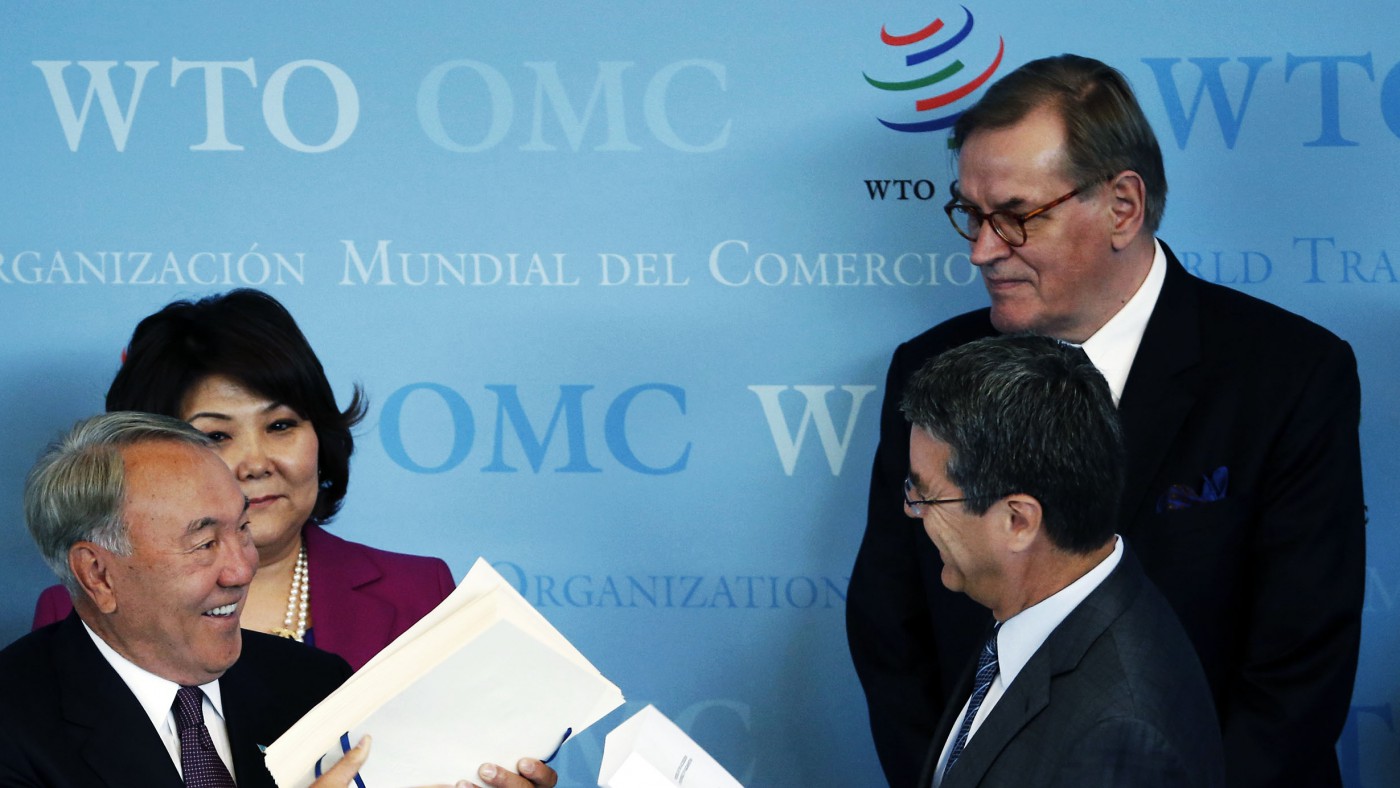Can you remember the last time you used a floppy disk? Chances are some of CapX’s younger readers don’t even know that it was a device for sharing files in the prehistoric times before USB flash drives and cloud storage. That’s how antiquated the Information Technology Agreement (ITA) is. Inked in 1996, it’s a global free-trade deal covering “high-tech” products, such as floppy disks and tape recorders, many of which are now museum pieces. So it’s great news that last Friday’s important deal at the World Trade Organisation (WTO) finally brings the ITA up to date with today’s digital world.
The ITA-II eliminates import duties on 201 genuinely high-tech products. They include advanced microchips, GPS navigation systems, MRI scanners, video-games consoles, touch screens, and telecoms satellites – and yes, USB flash drives – but unfortunately not LED displays and lithium-ion batteries. Global trade in those 201 goods amounts to more than $1.3 trillion (£840 billion) a year. That’s 7% of total international trade: more than trade in automotive products, and more than trade in textiles, clothing, iron and steel combined.
Free trade will cut costs for consumers, spur innovation by creating greater competition among producers, and thus boost economic growth and living standards. Since China’s tariffs were previously among the highest, consumers there will see some of the biggest gains, while foreign companies can look forward to better access to the huge Chinese market. The ITA-II will also give a shot in the arm to global supply chains. These involve splitting production into small steps that are scattered to wherever is best around the world, enabling less-developed countries that master one of those steps to gain a foothold in global markets.
The ITA-II deal has broader significance because it suggests the WTO still has a future as a global forum for freeing up trade. [Full disclosure: I worked as an adviser to the then head of the WTO, Mike Moore in 2000–1.] Its ill-starred Doha Round of trade negotiations, launched fourteen years ago in the aftermath of the September 11th attacks, have long been moribund. While the WTO has remained active as an adjudicator of trade disputes, the fear has been that it could lose its teeth as it declines into irrelevance. The anti-globalisation protesters who used to mob its meetings and accuse it of being a secret and undemocratic world government in the making have long moved on to other targets.
With multilateral efforts to free trade blocked, the action has shifted elsewhere – to bilateral negotiations and more recently to mega-regional ones. The United States, Japan and ten other Pacific countries are aiming soon to conclude an ambitious Trans-Pacific Partnership (TPP), while the US and the EU are struggling to negotiate a Transatlantic Trade and Investment Partnership (TTIP).
While such preferential deals may be better than nothing, they involve anything but free trade. Preferences granted to signatories are handicaps imposed on others, while the complex rules that such agreements involve tangle up trade in red tape, to businesspeople’s frustration and lawyers’ delight. Such deals also threaten to create rival trading blocs, notably in Asia, where a rising China is conspicuously excluded from the TPP. Worse, they include provisions that restrict trade rather than freeing it, notably by imposing inappropriately high standards for the protection of intellectual property and the environment.
In contrast, while the ITA-II covers new-fangled products, it is refreshingly old-school in its coverage. It focuses on eliminating tariffs rather than setting complex rules, with a view to tackling non-tariff barriers later.
The ITA-II is also a notable success for a new way of working at the WTO. Instead of getting bogged down in interminable negotiations to patch together sprawling comprehensive deals, where nothing is agreed until everything is agreed and all 161 WTO members including tiny St Kitts and Nevis (population: 56,000) have a veto, the ITA-II focuses on a specific sector and involves a coalition of the willing blazing a trail.
This plurilateral approach differs from a regional one, because the 54 countries signing the ITA-II are eliminating duties on imports from all 161 WTO members, not just each other. So poorer countries that haven’t signed the deal will still benefit from it: producers will get better market access while consumers may also see some gains from lower costs elsewhere. Also, unlike the TPP or TTIP, the ITA-II is wide open to those that want to sign up later. Importantly, it involves the four biggest trading powers – the US, the EU, China and Japan – but unfortunately not India.
Coming hot on the heels of its Bali Deal to slash customs red tape, the WTO is now back in business. In order not to get stuck again, it ought to put the Doha Round out of its misery and launch a more focused and relevant set of new negotiations instead. At a time of deficient demand, huge global imbalances and increasing protectionist pressures, efforts to free up trade are more important than ever.


